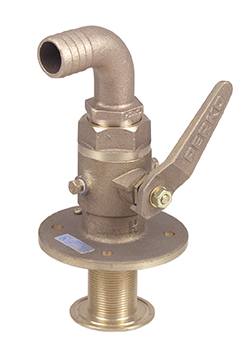swatski
Jetboaters Fleet Admiral 1*
- Messages
- 12,806
- Reaction score
- 18,577
- Points
- 822
- Location
- North Caldwell, NJ
- Boat Make
- Yamaha
- Year
- 2016
- Boat Model
- AR
- Boat Length
- 24
Frankly my only concern was that those would be too high, level-wise, decreasing pump efficiency. But if that is NOT the case, this is going to be my primary target for possible pump placement - I can build little stance/mounts for the pumps deep inside those compartments as those go in and around to sides real deep, I wouldn't even be losing much storage space.It not too high but I would not want them mounted there. I was thinking two pumps each side. Keep the twin theme going. It there someplace to mount them in the bilge?
Alternatively I thought about placing two smallish custom bags in there, filling through aux intakes. But that maybe expensive and not very effective, so at the end of the day it will be just one huge bag on the platform or two large ones. I don't think it's avoidable. And with bags there- the storage compartments become kind of useless anyway
--

























